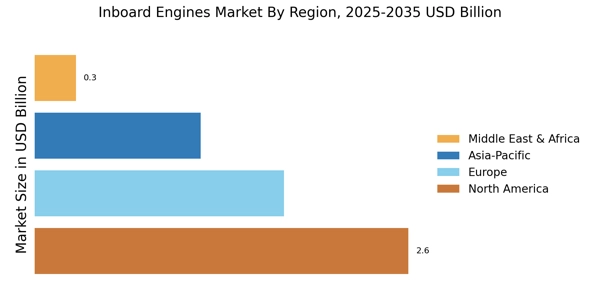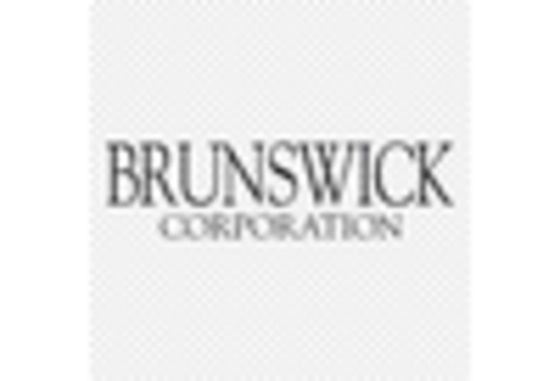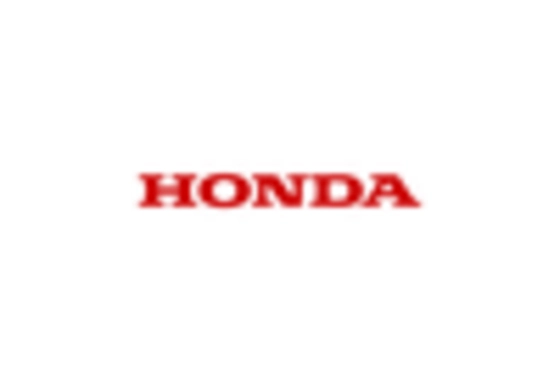Regulatory Compliance
Regulatory compliance is a critical driver in the Inboard Engines Market. Governments worldwide are implementing stricter regulations regarding emissions and fuel efficiency, compelling manufacturers to innovate and adapt their products. Compliance with these regulations not only ensures market access but also enhances brand reputation among environmentally conscious consumers. For example, engines that meet the latest EPA standards are increasingly favored in the market. This regulatory landscape creates both challenges and opportunities for manufacturers, as those who can swiftly adapt to these changes are likely to thrive in the competitive Inboard Engines Market.
Sustainability Initiatives
The Inboard Engines Market is increasingly influenced by sustainability initiatives. As environmental concerns rise, manufacturers are focusing on developing engines that comply with stringent emissions regulations. This shift is evident in the growing demand for hybrid and electric inboard engines, which are perceived as more environmentally friendly alternatives. According to recent data, the market for electric inboard engines is projected to grow at a compound annual growth rate of 15% over the next five years. This trend not only reflects consumer preferences but also indicates a broader industry commitment to reducing carbon footprints. Consequently, companies that prioritize sustainable practices are likely to gain a competitive edge in the Inboard Engines Market.
Technological Advancements
Technological advancements play a pivotal role in shaping the Inboard Engines Market. Innovations in engine design, materials, and fuel efficiency are driving the development of more powerful and reliable inboard engines. For instance, the integration of smart technologies, such as IoT and advanced diagnostics, enhances engine performance and maintenance. Recent studies suggest that engines equipped with these technologies can improve fuel efficiency by up to 20%, thereby reducing operational costs for boat owners. As these technologies become more prevalent, they are expected to attract a broader customer base, further stimulating growth in the Inboard Engines Market.
Recreational Boating Popularity
The rising popularity of recreational boating significantly impacts the Inboard Engines Market. As more individuals seek leisure activities on water, the demand for inboard engines is expected to rise correspondingly. Recent statistics indicate that the number of registered recreational boats has increased by 10% over the past three years, suggesting a robust market for inboard engines. This trend is particularly pronounced in regions with favorable weather conditions and extensive waterways. Consequently, manufacturers are likely to expand their offerings to cater to this growing consumer base, thereby enhancing their market presence in the Inboard Engines Market.
Economic Growth and Disposable Income
Economic growth and rising disposable income levels are significant factors influencing the Inboard Engines Market. As economies recover and expand, consumers are more willing to invest in recreational activities, including boating. Increased disposable income allows for higher spending on luxury items, such as inboard engines. Recent economic forecasts suggest that regions experiencing robust economic growth will see a corresponding increase in boat sales, which directly impacts the demand for inboard engines. This trend indicates a positive outlook for manufacturers in the Inboard Engines Market, as they can capitalize on the growing consumer spending power.


















Leave a Comment